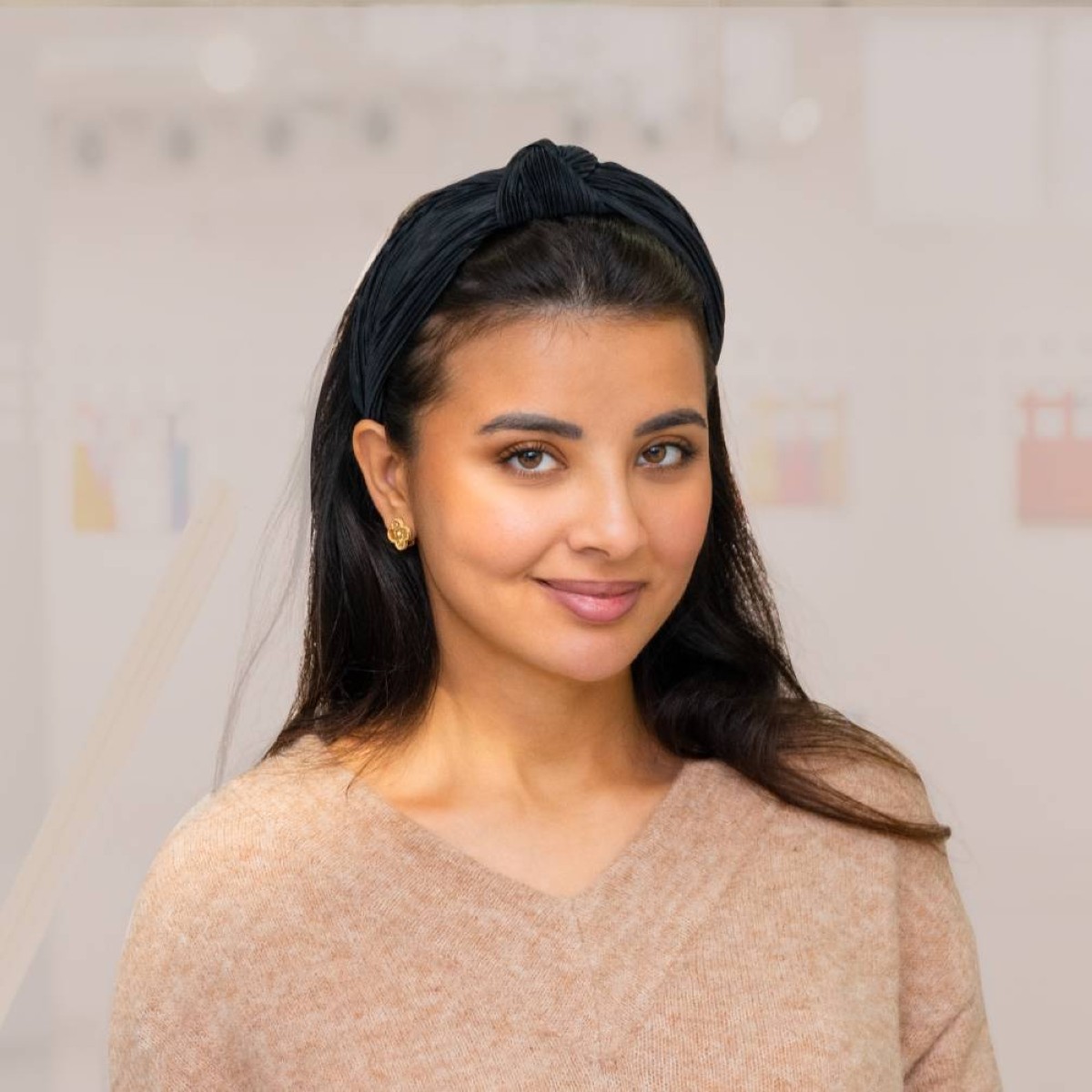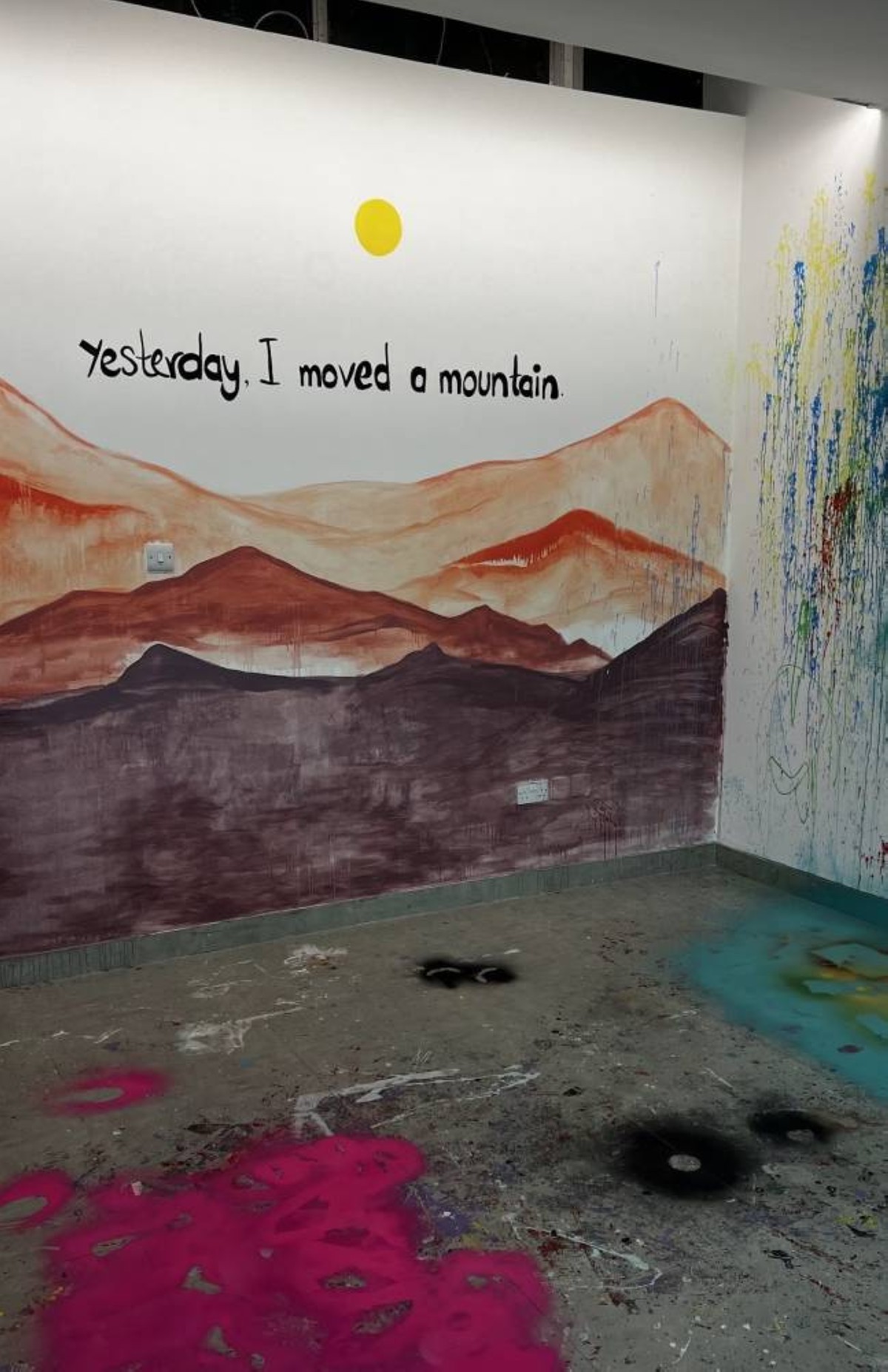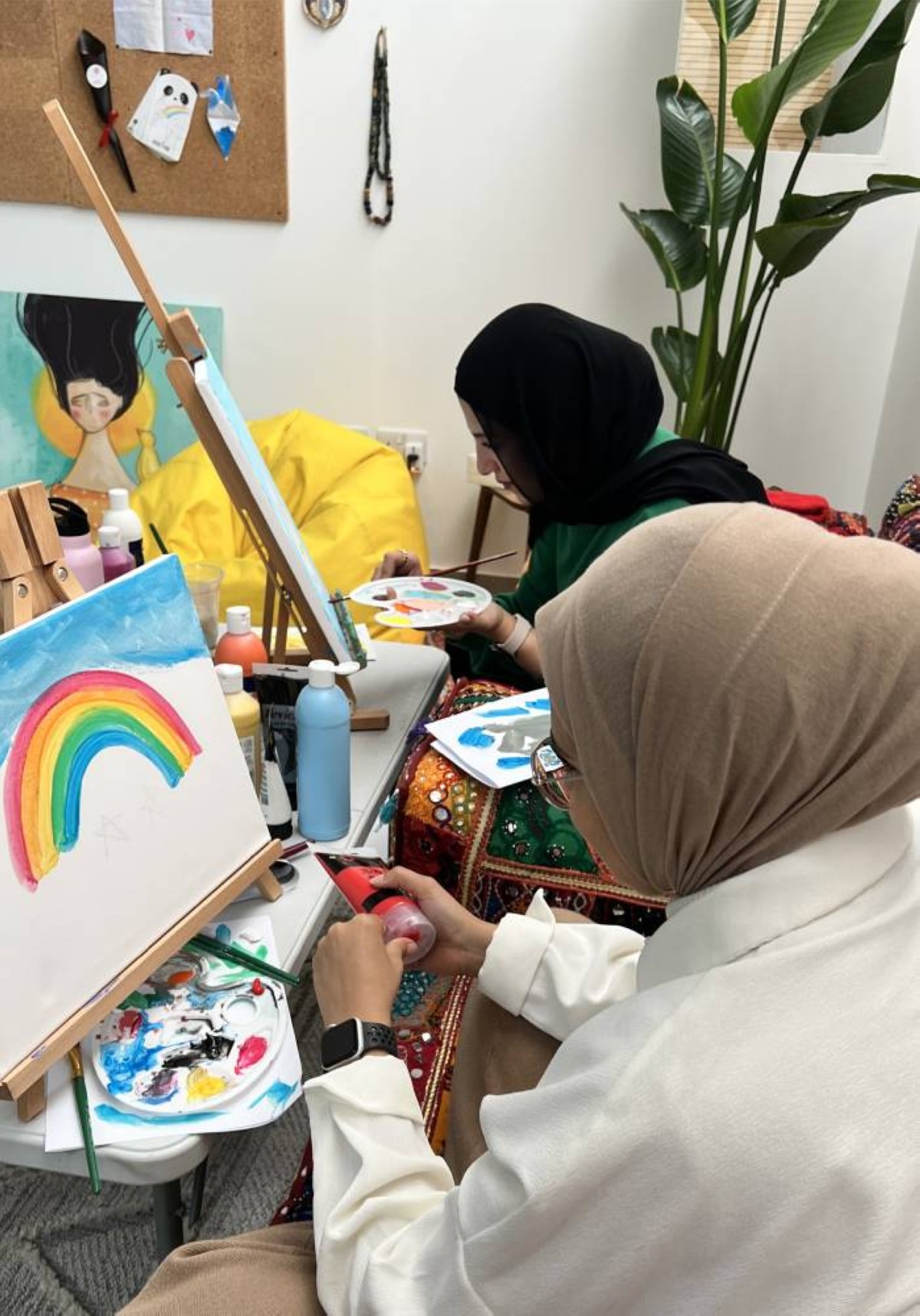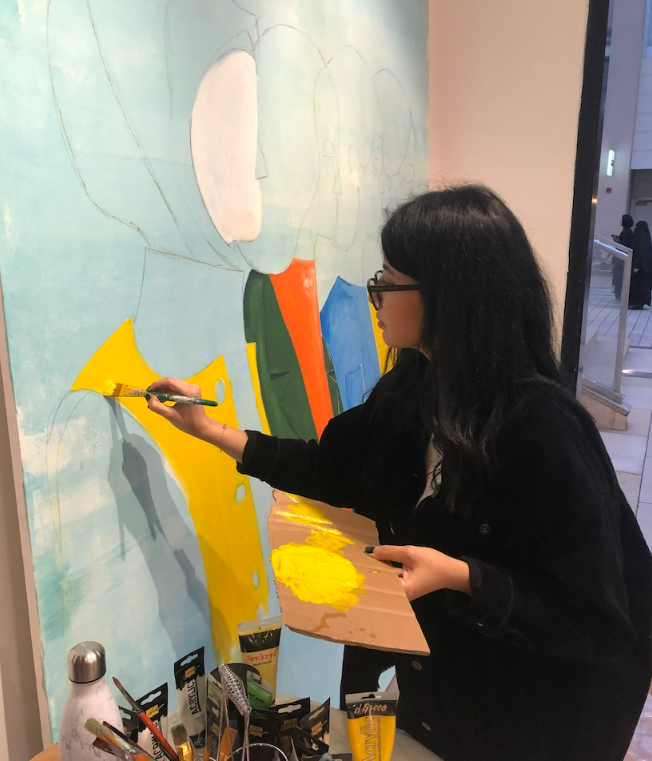KUWAIT: Words for some people might be an inadequate manner of describing personal emotions or experiences, which gave rise to a non-verbal way of expression, known as art therapy. Through painting, sculpting, dancing, playing music or even cooking, one can find a chance to mentally and emotionally heal.
These forms of art, which are used for therapeutic purposes, allow people to surrender their souls to a creative and deep subconscious process that connects them with themselves and helps them reach a fair level of self-awareness and understanding. Alaa Naeem, an art therapist, explained what art therapy is in a conversation with Kuwait Times.
Art therapy isn’t about creating aesthetically beautiful pieces of art. It’s more about the process than the quality of the end product. "You don’t have to be an artist to go through art therapy,” Naeem said. She believes that art therapy is beneficial and necessary for all kinds of people. It can be practiced by people who suffer from mental disorders such as anxiety, depression, borderline personality disorder or schizophrenia.
It can also be practiced by anyone who’s simply suffering from boredom, stress or lack of self-awareness. She believes that through the release of emotions, art therapy has the power to let everyone cultivate their inner knowledge, where they become capable of building confidence in themselves, analyzing their emotions and thoughts, reflecting on them and becoming more aware of how to better deal with them.






Naeem’s sessions usually starts by her trying to learn about her client’s background, spotting the source of pain that motivated them to visit her, then setting a plan of different kinds of art exercises that vary depending on each person’s personality, interests, skills and the problem they are facing now. The conclusion of the session is the most significant phase of the process, Naeem explained. The piece of art that the client creates is very important, as it becomes more of an emotional piece that the client connects with through all their senses, where it is an accurate reflection of how the process was and how they benefited from it.
Naeem explained that every client she deals with has a distinctive journey of their own, which makes her unlock a new healing method with everyone she meets. She believes that people have wisdom within them, and when everyone allows themselves to trust the process, it flows very naturally for them. She highlighted being astonished every time she starts a session with something in mind, and it turns out completely different, as the client seems very aware of what they want to get out of the session by choosing the right tools for themselves.
She emphasized that if a person is facing a deep problem, they must be consistent in art therapy, because they need time and support to start noticing a positive change in their behavior. The involvement of the therapist in this process is important to guide them, by helping them understand why exactly they chose this medium and what kind of emotions did it helped them release. Every little detail matters in the process, because it’s a hint and cue for Naeem to analyze and interpret this person’s unspoken issues or feelings based not only on what they say, but also on their body language reflected in their gestures, facial expressions and even body posture.
A few people expressed how art therapy sessions with Naeem made them feel. "Art therapy made me think more of the little child inside of me; it healed my inner child and also made me think way beyond logic and more into the soul,” said one. "I felt I moved a mountain of pressure and anxiety — more relaxed and happy,” said another. "You certainly don’t have to be an artist, and what you put on paper will mean something to you regardless,” a third said.

